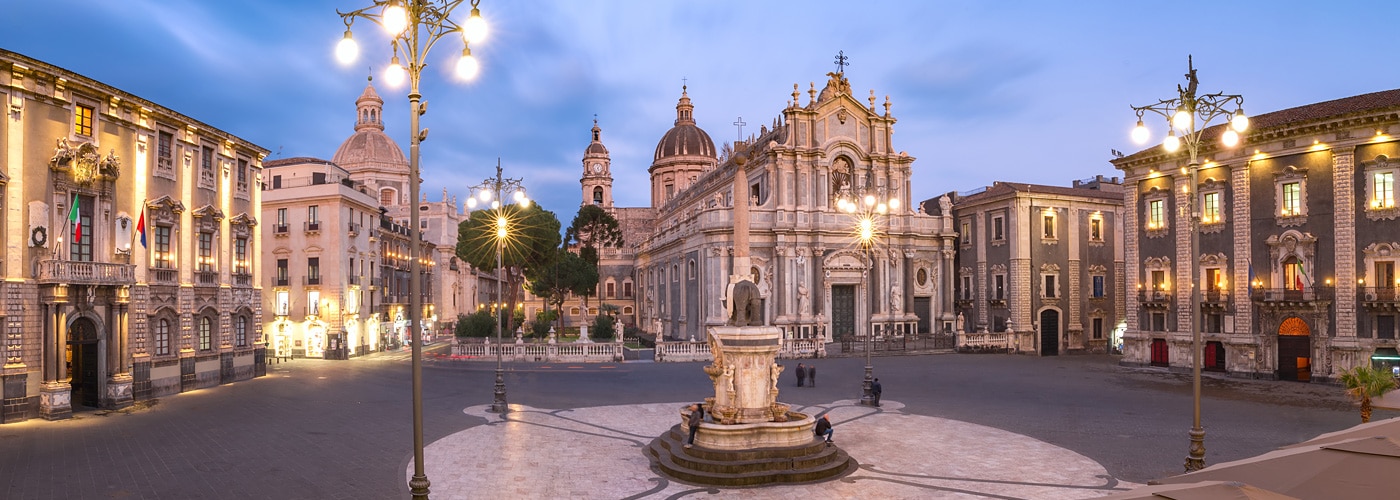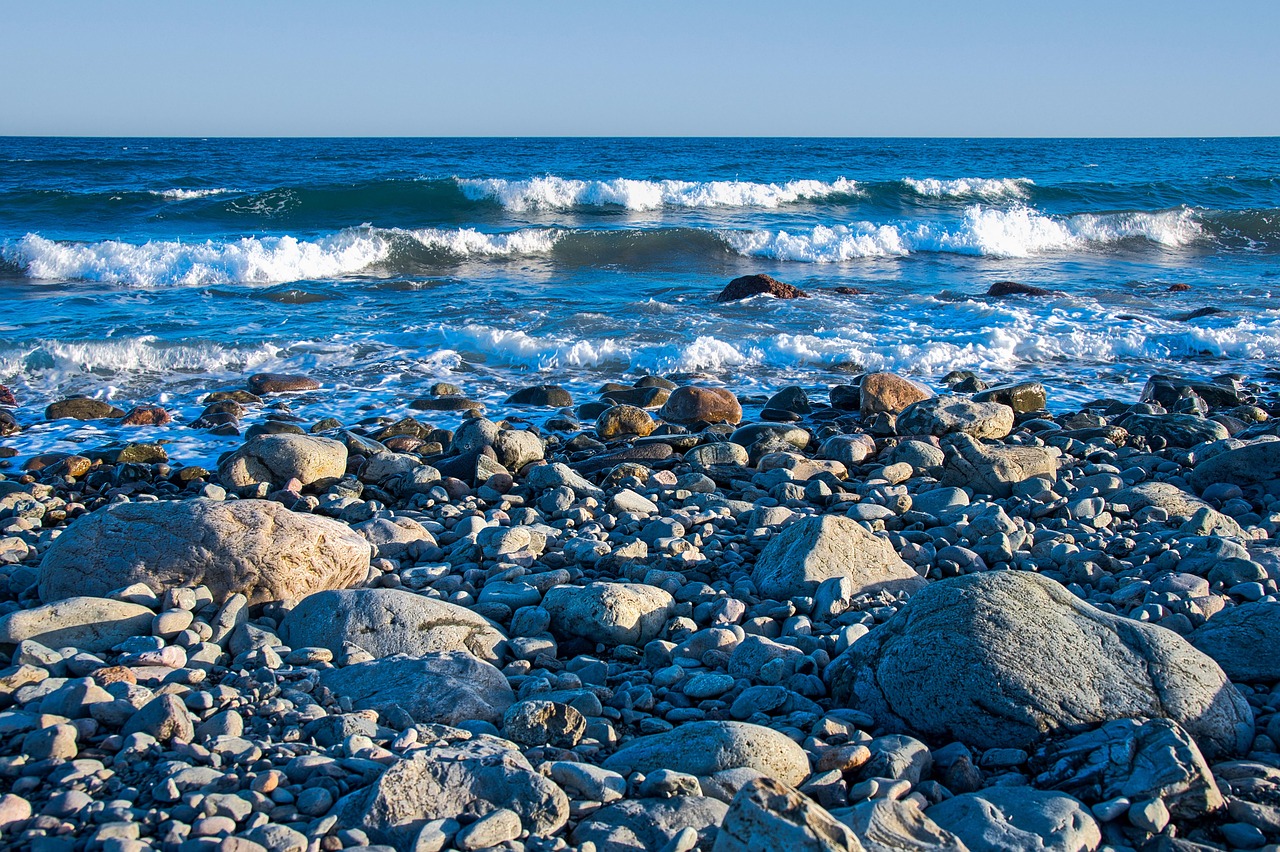THE TERRITORY
CATANIA
Located at the foot of the striking Mount Etna—whose frequent eruptions often lend the city a unique and dramatic charm—Catania faces the Ionian Sea and stands as one of Sicily’s most captivating cities. It is a splendid city of art and an undisputed example of Sicilian Baroque architecture, which earned it a place on the UNESCO World Heritage list alongside the other towns of the Val di Noto.
Originally a Sicel settlement, Catania was re-founded as Katáne in 729 BC by Greek colonists from Chalcis. In the 5th century BC, it was conquered by the Syracusans, who renamed it Etna. Later, it came under Roman control in 263 BC, becoming a significant center of the Empire. Following the fall of the Roman Empire, the city experienced successive dominations by the Ostrogoths, Arabs, Normans, Swabians, and Angevins—each leaving a lasting mark on the city’s culture and urban fabric.
Catania was profoundly shaped by two major disasters: the violent eruption of Mount Etna in 1669, which partly destroyed the city and altered its landscape, and the catastrophic earthquake of 1693, which devastated it almost entirely. From this destruction emerged a remarkable architectural rebirth: the city was rebuilt in the early 18th century in the prevailing Baroque style, resulting in one of the most impressive historic centers in southern Italy.
Strolling along Via Etnea, visitors are surrounded by lava stone buildings, elegant squares, and grand monuments such as the Cathedral of Saint Agatha, the Roman Theatre, Ursino Castle, and the Benedictine Monastery. Catania is also a vibrant and youthful city, thanks to one of Italy’s oldest universities and a thriving cultural and nightlife scene. With historic markets like La Pescheria, traditional cuisine, festivals, and a dynamic spirit, Catania masterfully blends history, art, nature, and modern vitality.

NICOLOSI
Nicolosi is a charming village nestled on the southern slopes of Mount Etna, about 700 meters above sea level, set in a stunning landscape shaped by fire and lava. Known as the “Gateway to Etna”, the town serves as the main access point to the volcano’s summit craters and the natural wonders of Etna Park, a UNESCO World Heritage Site.
Nicolosi’s history is deeply intertwined with that of the volcano. Since the Middle Ages, Benedictine monks and early farming communities established a settlement that learned to live and thrive in the shadow of an active volcano. Ancient lava flows—some of which still cut through the town’s surroundings—have created a unique terrain of black rock, lush forests, and breathtaking views.
The historic center features Baroque churches, lava stone-paved alleys, and a warm, community-oriented atmosphere. Nicolosi is also known for its culinary tradition, offering typical products such as Etna mushrooms, honey, artisanal cheeses, cured meats, and wines. The town hosts cultural events and food festivals throughout the year, most notably the celebration of Saint Anthony the Abbot.
Nicolosi is a great destination for outdoor enthusiasts: in winter, visitors can ski at Etna South – Rifugio Sapienza, while in summer, the area is perfect for hiking, mountain biking, and climbing. With its strategic location between the mountains and the sea, Nicolosi is an ideal base for experiencing the full richness of Mount Etna and eastern Sicily.
